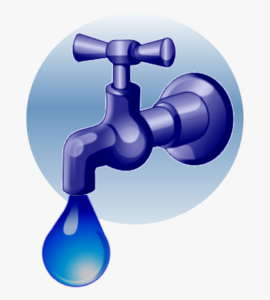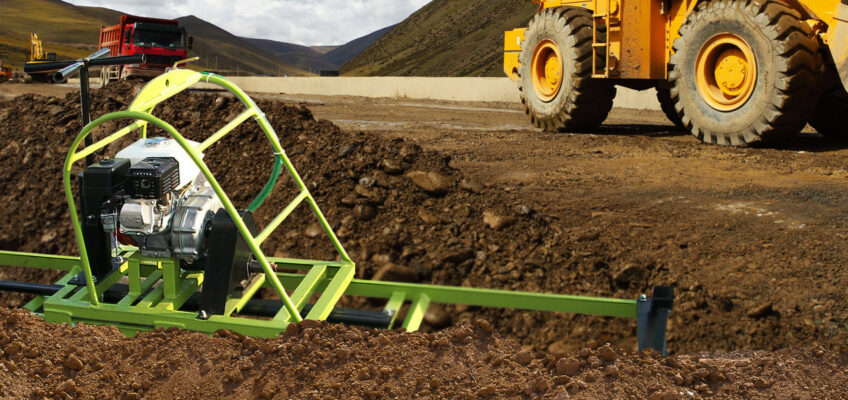When it comes to underground boring or drilling, understanding the properties of soil cohesion is crucial. Cohesive soils, such as clay, have particles that tend to stick together due to their small size. On the other hand, non-cohesive or granular soils, like sand, have larger particles that do not stick together as readily.
The presence of water further affects the cohesion of soil. When combined with water, the surface tension of any soil increases, causing it to stick together under the effects of that tension. Even sand will form a somewhat cohesive ball when wet, but not when dry. The smaller particles in clay result in greater surface tension between each particle, leading to tighter cohesion compared to sand when both are mixed with water. Additionally, clay has the ability to absorb and hold a larger volume of water than sand.
So how does soil cohesion impact boring or drilling operations?
During the pilot hole boring process, the pilot bit rotates at a speed intended to break up soil into small particles, forming a slurry that can be washed out of the hole. However, in sticky clays, the soil may resist breaking up due to the strong surface tension between particles. Sometimes, the soil will break up momentarily but then stick back together in a different form.
This can give rise to two common problems during boring:
- Insufficient slurry formation: In some cases, the soil particles do not break up enough to form a slurry with water, leading to a buildup of soil along the hole and potential binding against the drill stem.
- Water absorption and swelling: Clay has the tendency to absorb water, causing it to swell. This swelling can result in the borehole closing up on the drill stem, leading to slower rotation and reduced ability to break up soil. The longer the drill stem remains in the hole, the more the soil swells around it, potentially causing the stem to become stuck.
Fortunately, solutions exist to overcome these challenges in the drilling and boring industry. One approach involves using detergents, which are hydrophobic and spread out across the surface of water. Hydrophobic molecules do not participate in hydrogen bonding and consequently eliminate surface tension.
Contractors have successfully used simple liquid or automatic dishwashing detergents to alleviate problems related to soil cohesion during boring. By reducing surface tension, detergents can help break up clay particles effectively.
Another solution involves the use of clay inhibitors, which block the absorption of water and subsequent swelling. Clay inhibitors prevent clay from sticking back together and aid in breaking up soil. While the science behind clay inhibitors is more complex than detergents, their molecular-level action proves highly effective. Aquatreat Clay Fix is a popular clay inhibitor that works well for many customers.
Ideally, these additives would be mixed in a tank and introduced through the water system. However, they can still be effective when added as a shot of detergent or diluted solution to each drill stem during the boring process.
In some cases, operators may mistakenly believe that their Prairie Dog machine lacks sufficient power. However, the horsepower of the machine should be more than adequate to turn the bit or backreamer, regardless of soil conditions. In such situations, two common factors may be at play:

- Insufficient water usage: Operators must ensure an ample water supply is running back out of the pilot hole before advancing the bit. This prevents clogging of the water holes in the bit and allows for proper soil displacement.
- Observation of soil discharge: Boring machines displace soil during the drilling process, and it needs to come out of the hole. If soil is not coming out, there is likely a problem that needs immediate attention. Continuing to drill will only worsen the situation.
Ideally, a slurry resembling pancake batter should be coming out of the hole. This indicates proper soil breakup and sufficient water usage. The correct slurry consistency also helps lubricate the hole, allowing the drill stem to turn smoothly and facilitating the installation of pipes once the boring process is complete.
Understanding the principles of soil cohesion and employing effective techniques can greatly enhance the efficiency and success of underground boring operations. By addressing soil properties and utilizing appropriate additives, you can overcome challenges and ensure a smooth boring experience.

